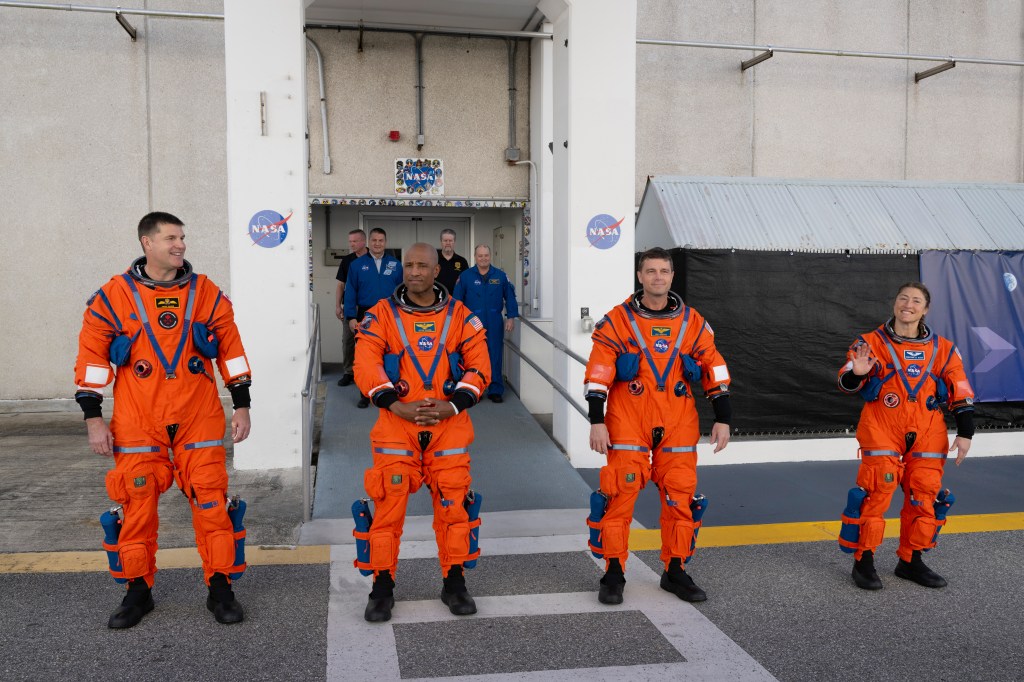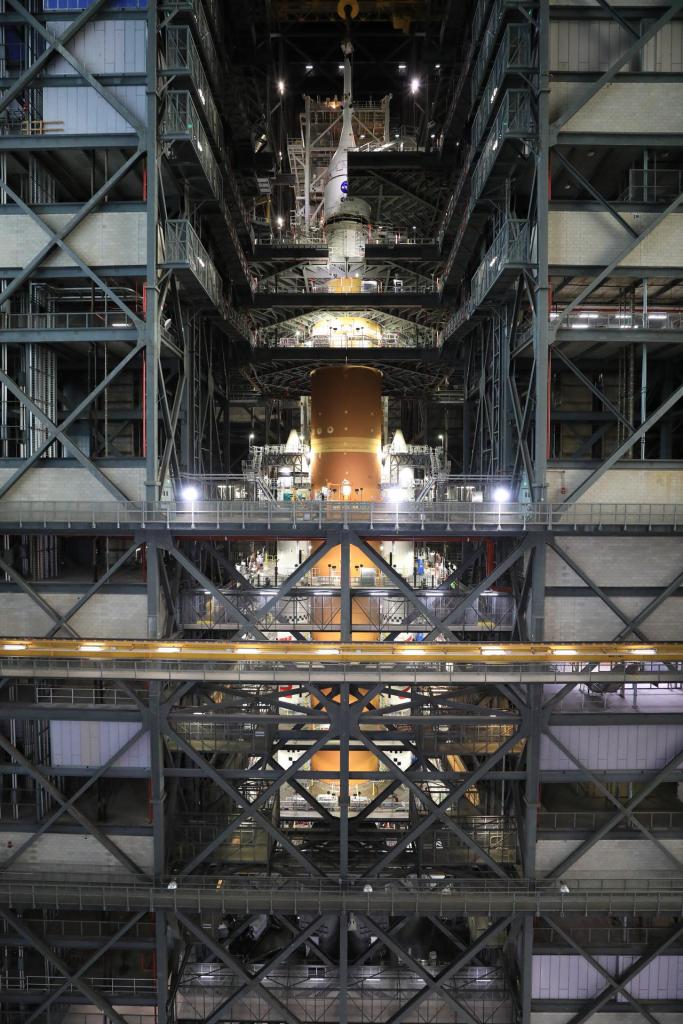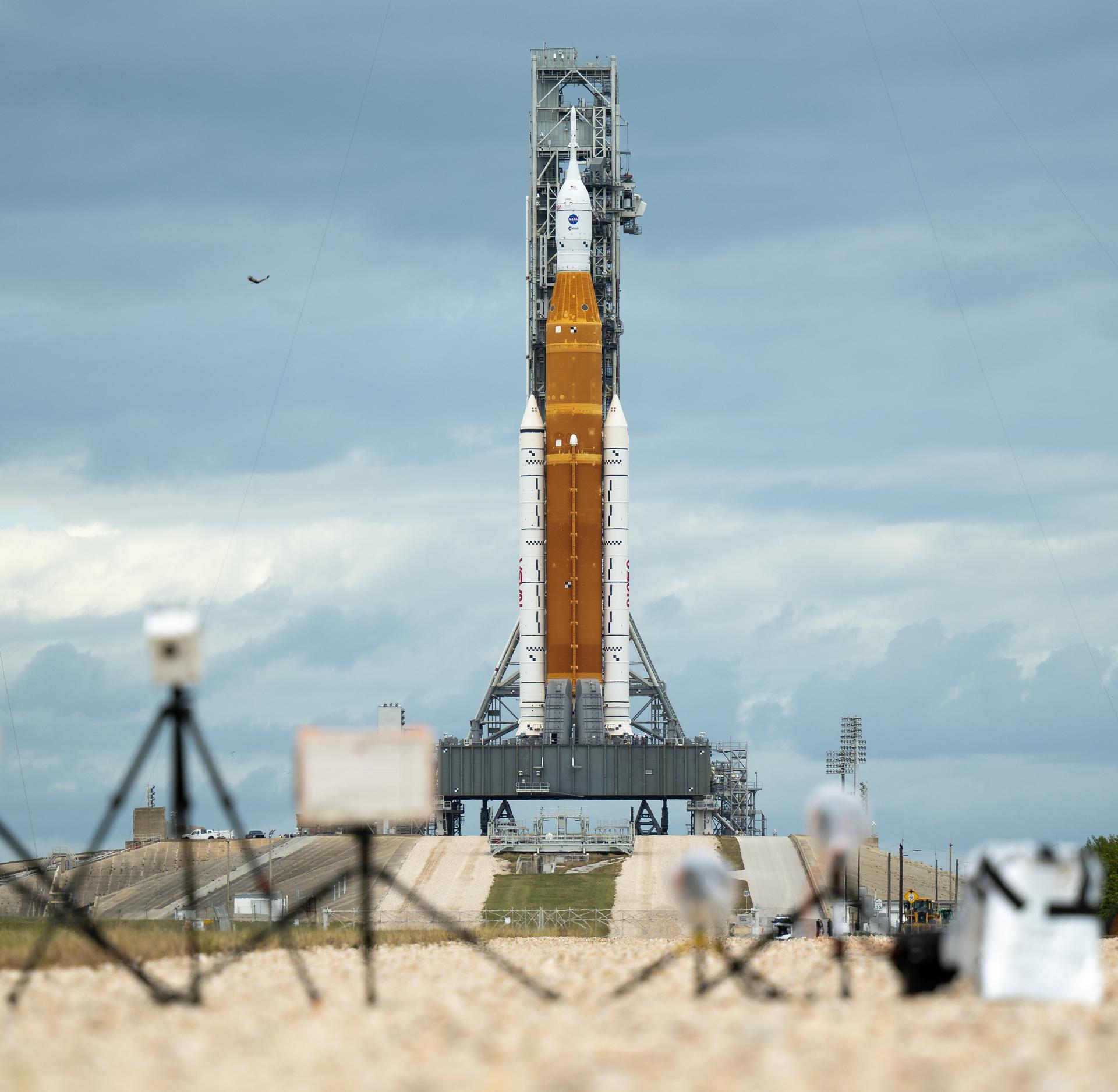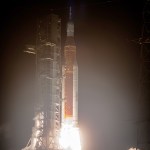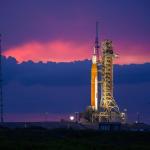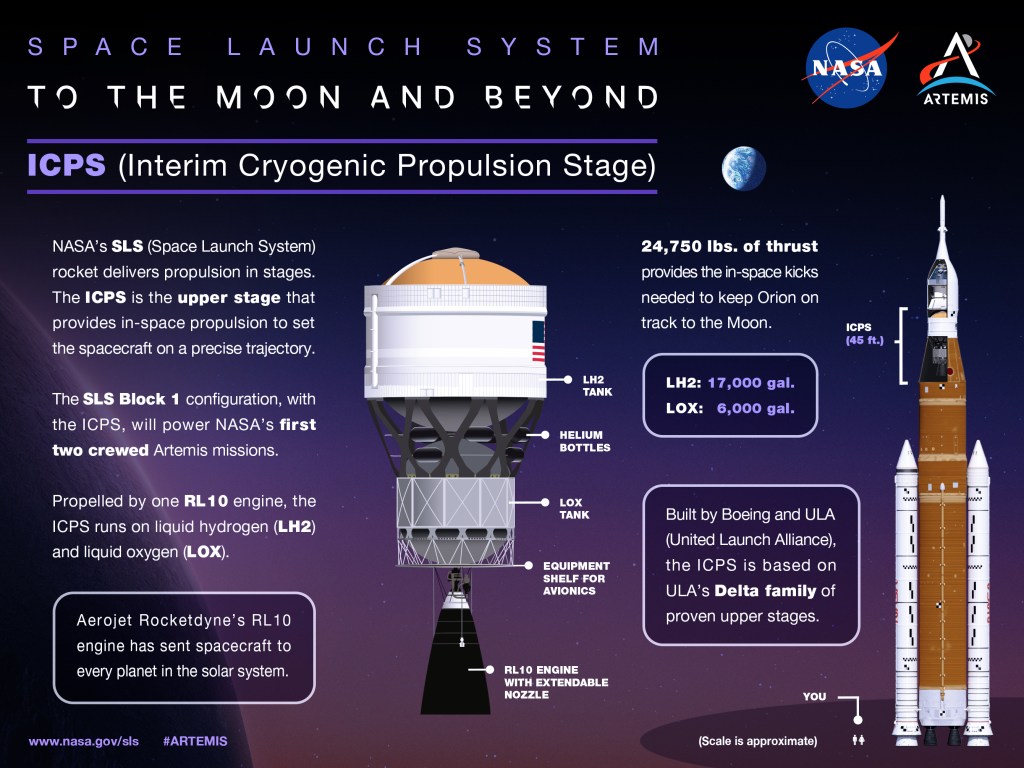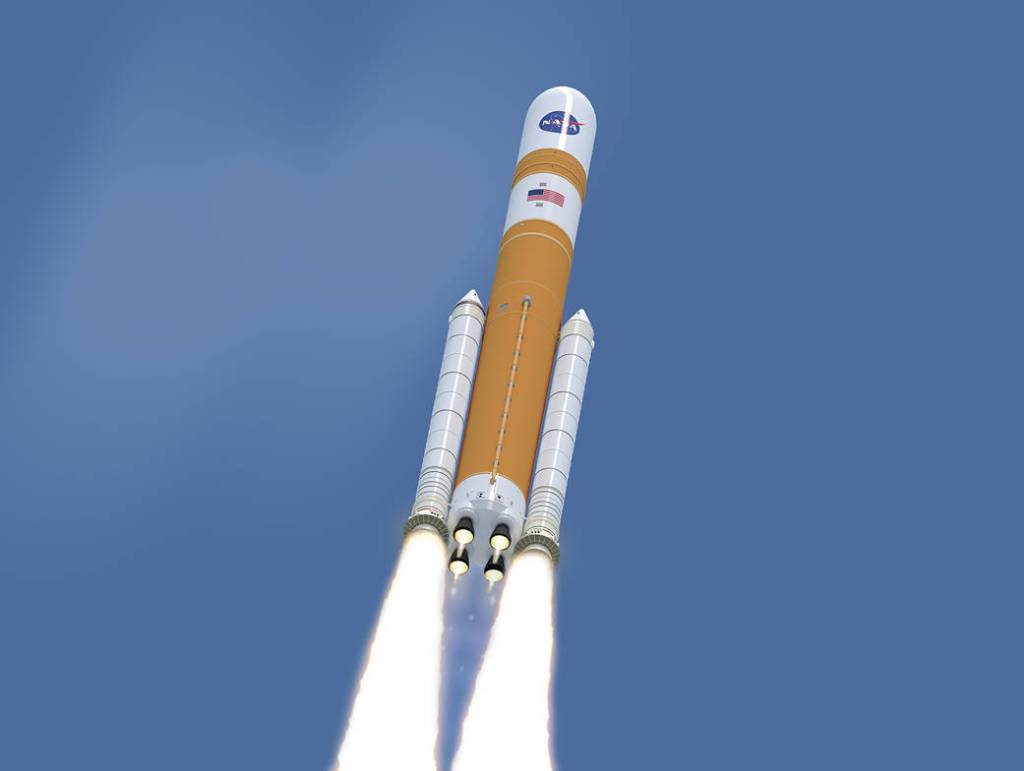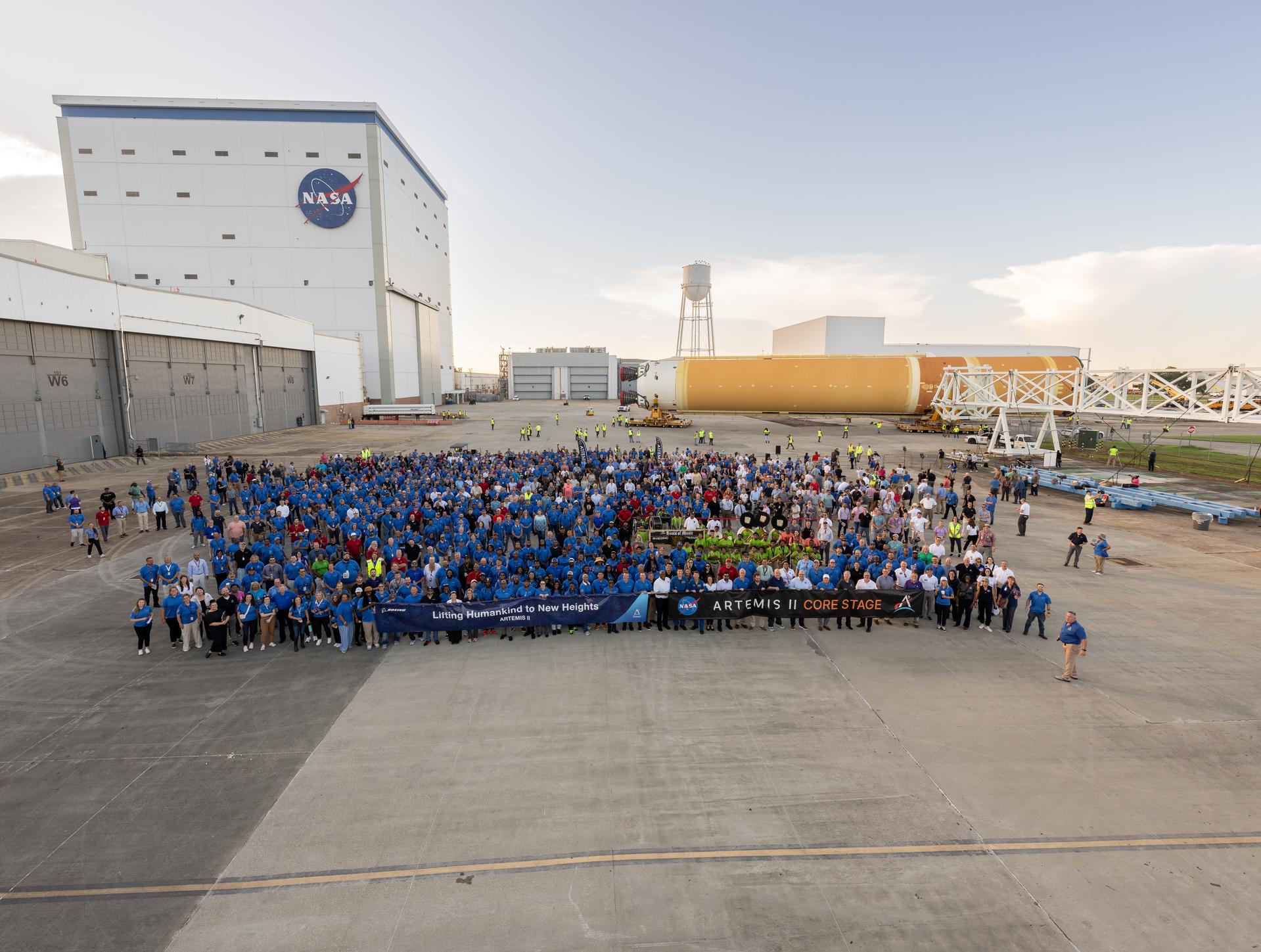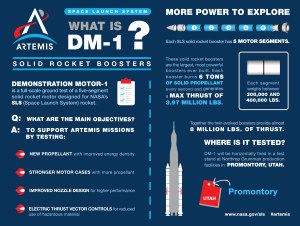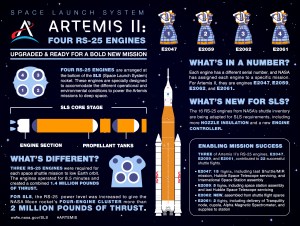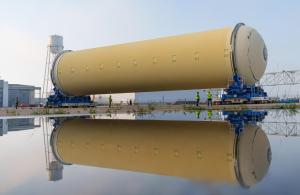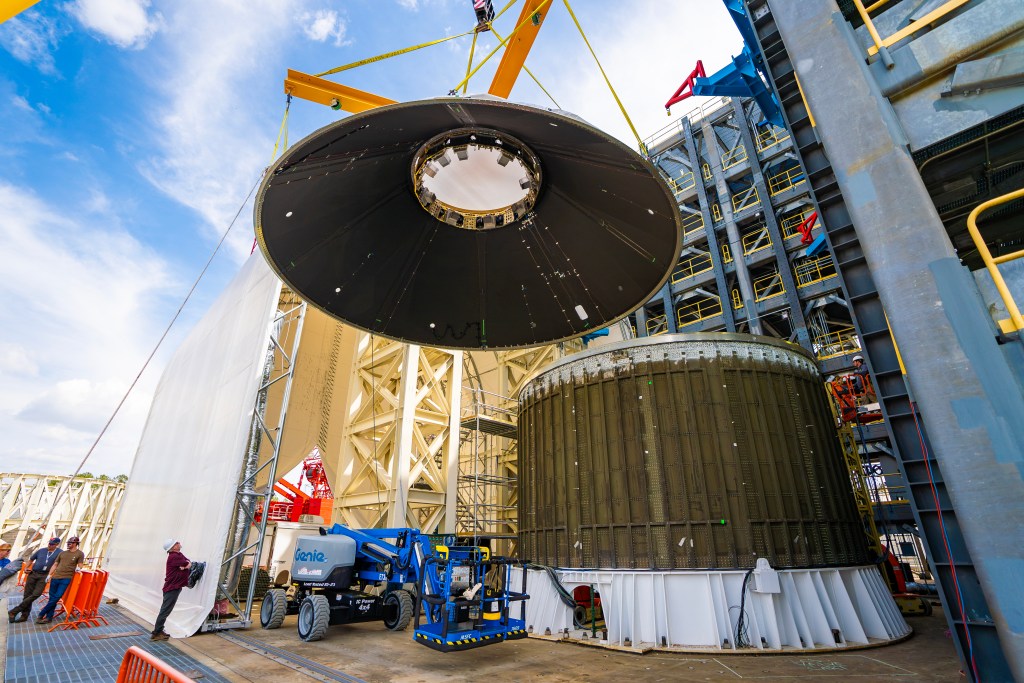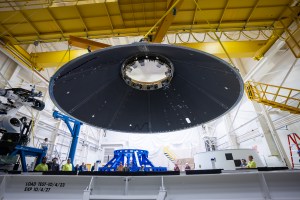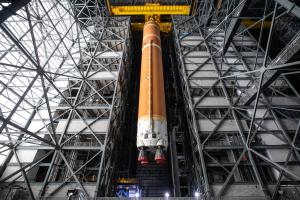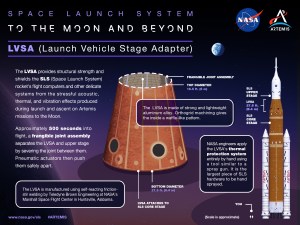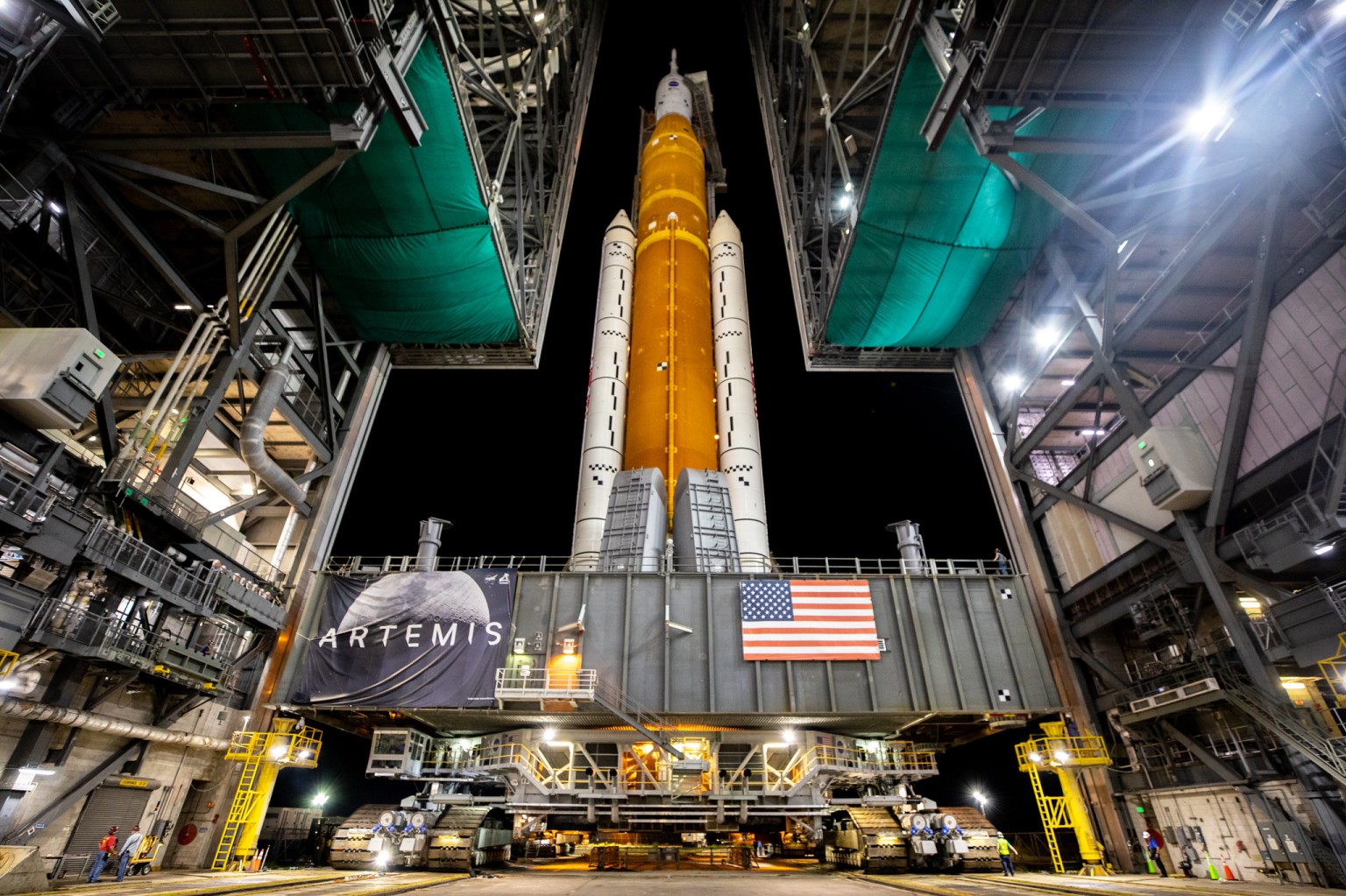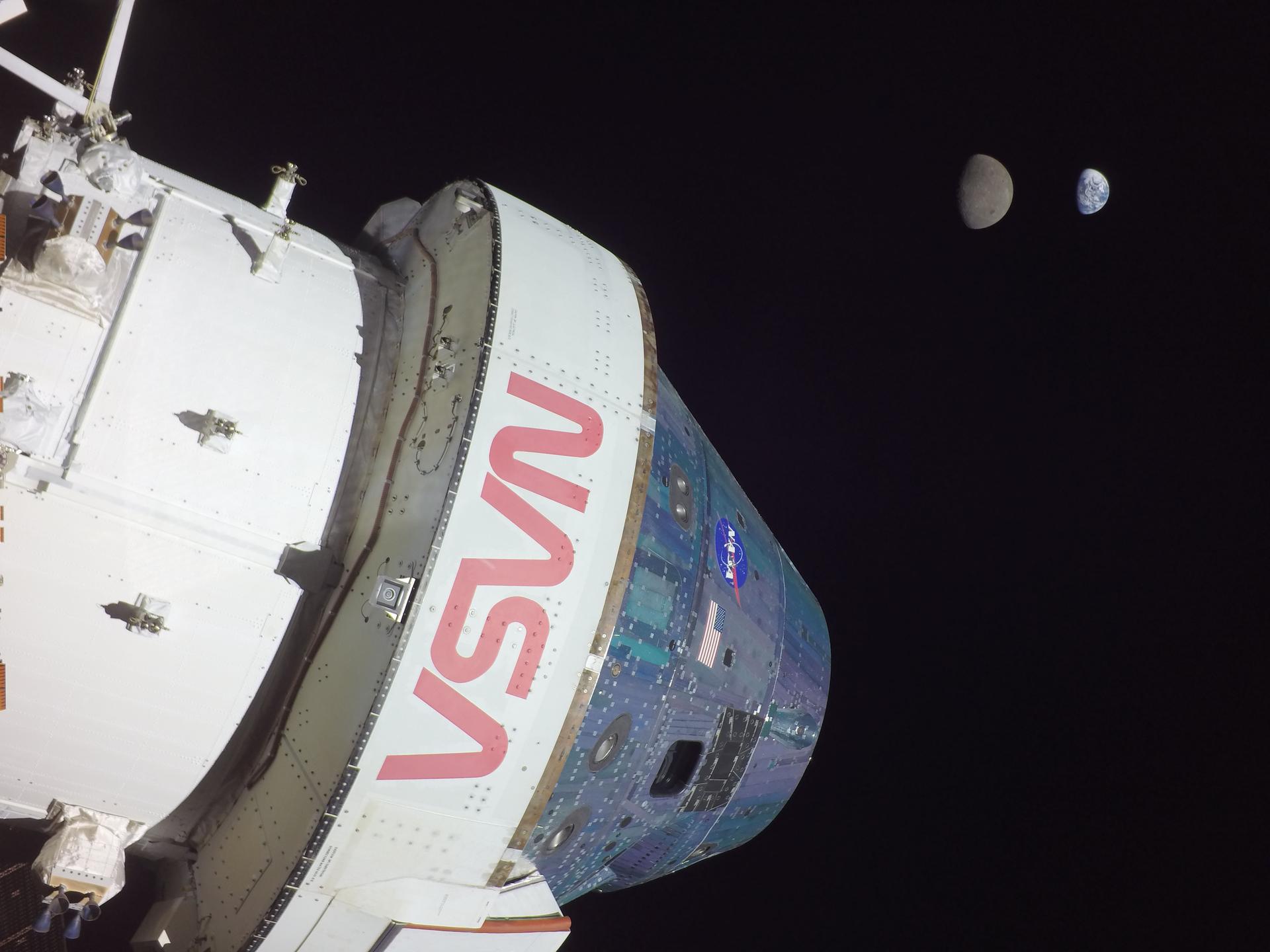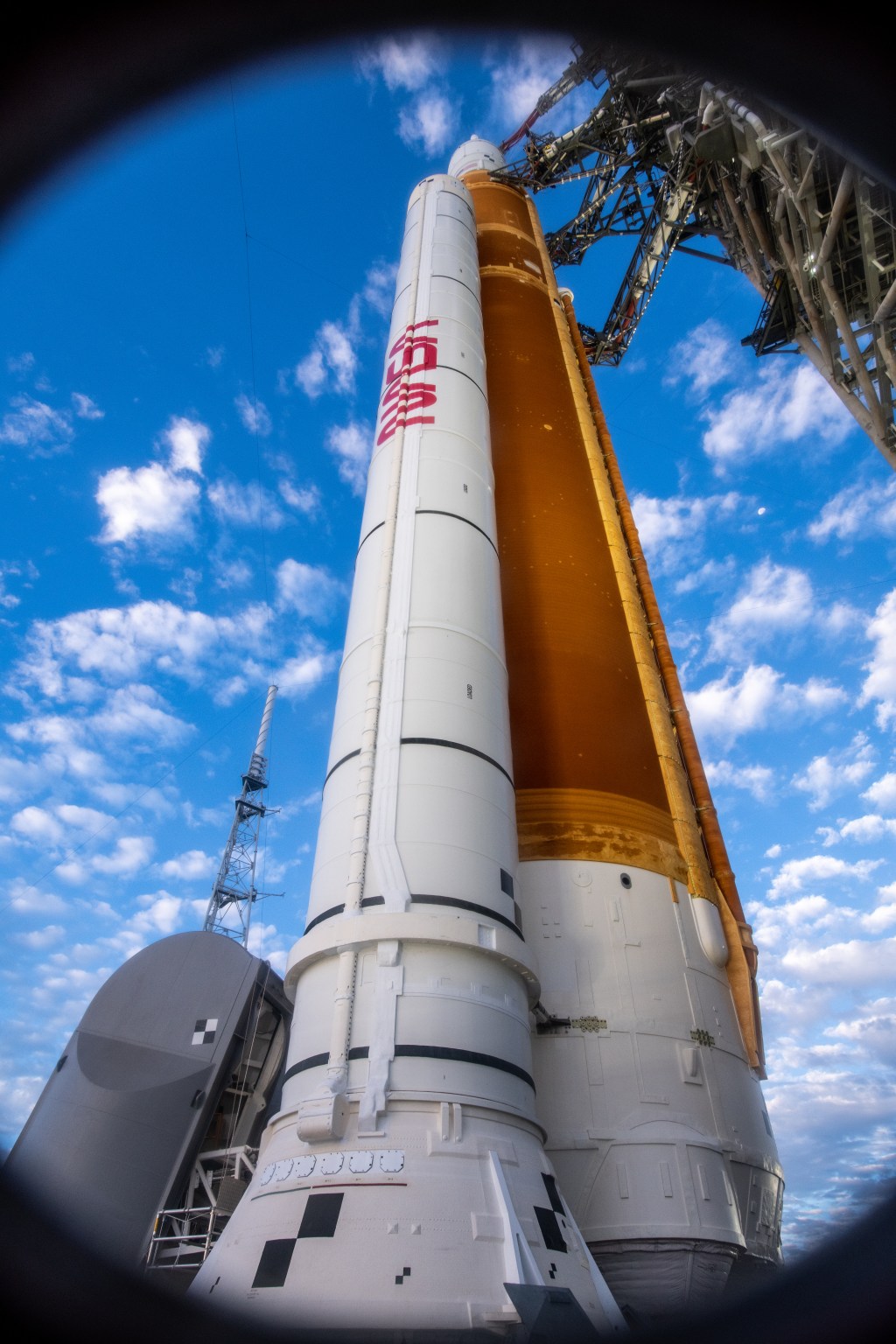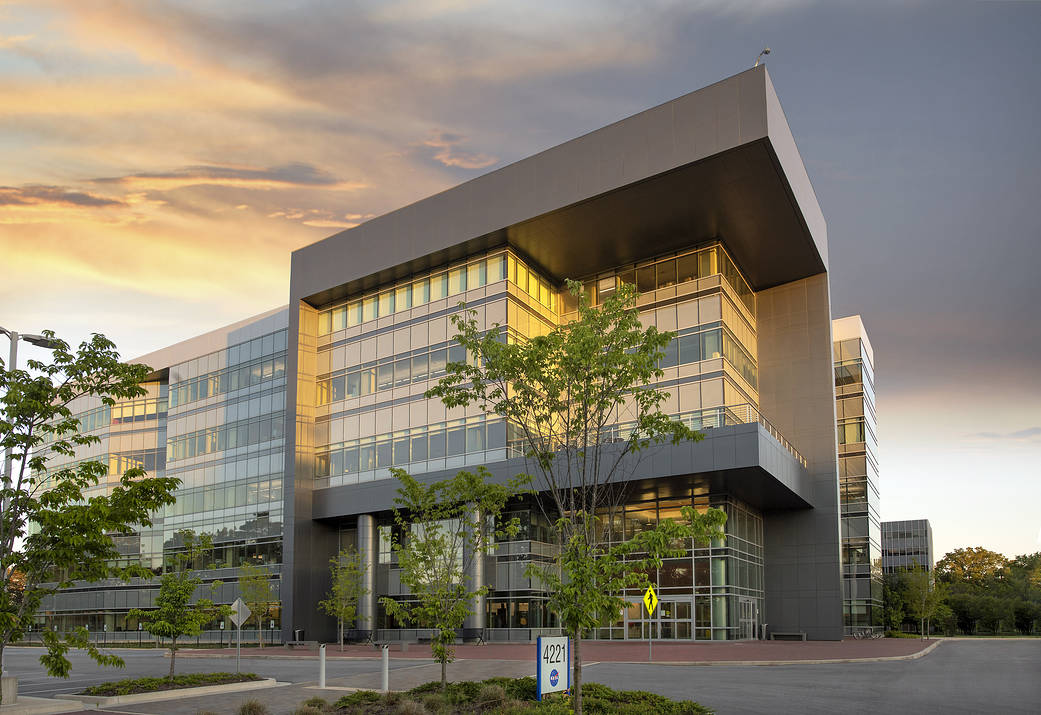Space Launch System
Combining power and capability, NASA’s Space Launch System rocket is part of NASA’s backbone for deep space exploration and Artemis. SLS is the only rocket that can send Orion, astronauts, and cargo directly to the Moon in a single launch.
Learn More about Space Launch SystemLatest News

NASA Artemis II Moon Rocket Ready to Fly Crew

NASA Invites Media to View Artemis Moon Rocket, Spacecraft at Kennedy

NASA Awards Spaceflight Operations, Systems Organization Contract

NASA’s Final Piece of Artemis II Rocket Hardware Leaves Marshall

NASA Releases Hooray for SLS! Children's Book
Hooray for SLS! is the first in a series of illustrated children's books that aims to introduce young explorers to NASA's Artemis campaign. In addition to a downloadable version of the book, coloring sheets, and student activities, parents and educators can watch and listen to a read aloud version of the book on YouTube.
Artemis Blog
As NASA prepares for the first crewed flights of SLS, the Artemis blog is a source of information on Artemis launch and exploration progress and preparations.
Learn More
Reference Guide
The SLS Reference Guide is the go-to source for information on the SLS rocket’s initial Block 1 configuration for NASA’s early Artemis missions, including its design, capabilities, major components, and manufacturing, testing, assembly, and launch activities. These documents were initially prepared for Artemis I and Artemis II launch activities.
Learn More about Reference Guide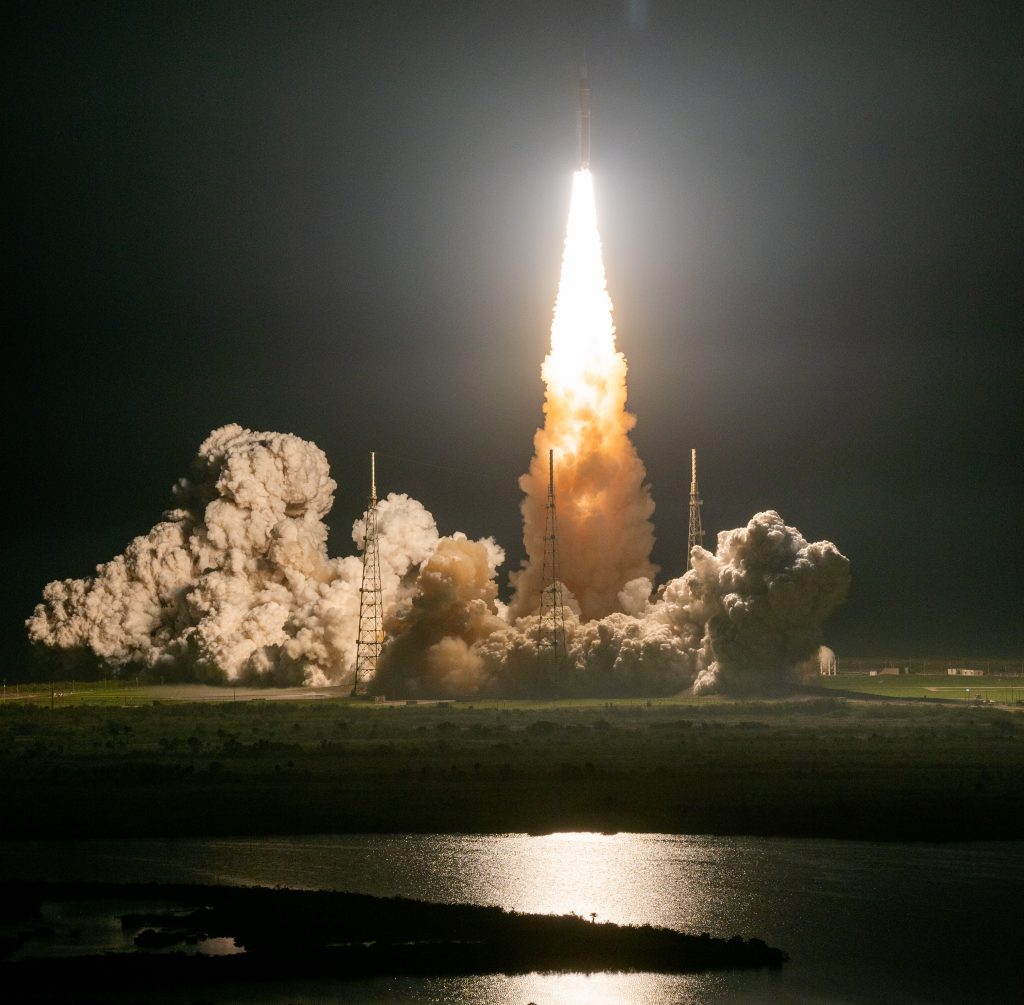
Additional Resources
“Fuel” and Fire: NASA’s Artemis Missions to the Moon, feat. Metallica
What do Metallica and NASA’s Artemis missions to the Moon have in common? Both love “Fuel” and fire. See footage of the Artemis I launch scored by Metallica’s “Fuel.”
Learn More about Artemis


























